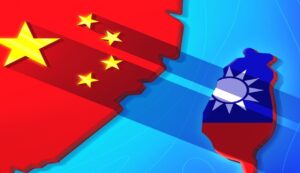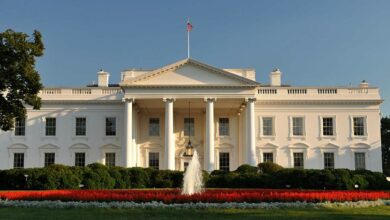China’s development of “special-purpose barges” raises concerns among analysts
Taipei: According to Radio Free Asia, China’s construction of “special-purpose barges” has alarmed analysts and stoked worries about the nation’s possible invasion intentions of Taiwan.
According to experts, these ships might let Beijing quickly send troops and equipment to Taiwan, especially when the island’s waters become turbulent and challenging to travel, RFA stated.

On Longxue Island, Guangzhou Shipyard International (GSI), a facility renowned for building unusual vessels, is building at least five of these enormous barges. The barges are built to transport huge loads, including military vehicles, and unload quickly without requiring port infrastructure. They have a flat bottom for best use in shallow waters.
RFA claims that the barges have atypically long road bridges that protrude from their fronts, measuring more than 120 meters (393 feet). Trucks and tanks may be offloaded more easily because of this design, which allows them to reach hard areas outside of beaches or coastal highways. In order to ensure that unloading operations may proceed even in inclement weather, many barges are further outfitted with “jack-up” pillars, which can steady the platform in choppy sea conditions.
Chieh Chung, a research researcher at Taiwan’s Association of Strategic Foresight, told Radio Free Asia that China has been trying to enhance its “pier-free unloading” capability for more than 20 years. The new barges operate closer to shore and use the road bridges’ pillar support to overcome severe conditions, whereas earlier approaches, such as employing floating bridges and artificial piers, struggled in choppy seas.
According to RFA, these moves highlight Beijing’s serious intentions regarding Taiwan, according to Michael Hunzeker, associate director at George Mason University’s Center for Security Policy Studies.
According to him, the building of these ships is an indication that China still sees using force to further its objective of annexing Taiwan, which it regards as part of its territory.





